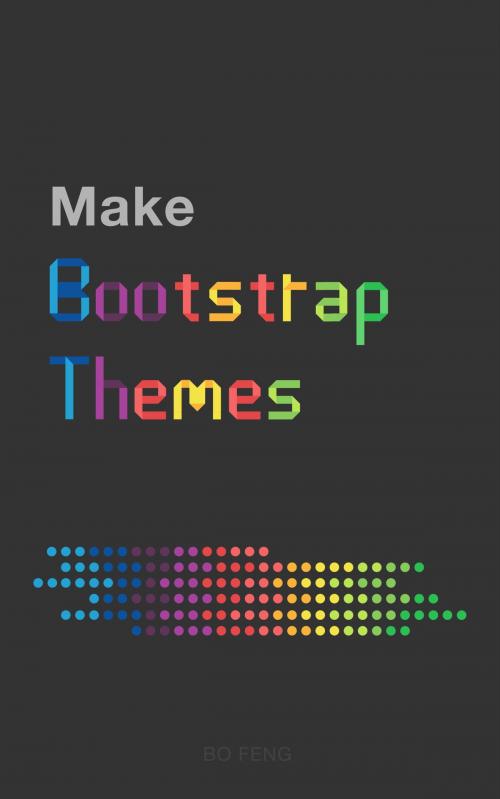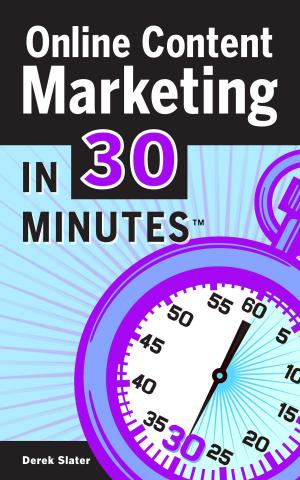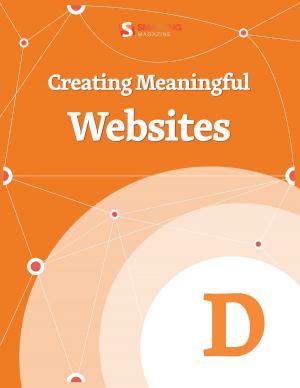| Author: | Bo Feng | ISBN: | 9781370135240 |
| Publisher: | Bo Feng | Publication: | May 11, 2017 |
| Imprint: | Smashwords Edition | Language: | English |
| Author: | Bo Feng |
| ISBN: | 9781370135240 |
| Publisher: | Bo Feng |
| Publication: | May 11, 2017 |
| Imprint: | Smashwords Edition |
| Language: | English |
Bootstrap perhaps is the most popular frontend framework for developing mobile first projects on the web in recent years, its repository on github gets more than 100 thousands stars. Millions of websites are using it not only because it is easy to learn and use but the flexibility of customization.
In this book, we’ll focus on the customization part - build your own Bootstrap theme. At the time of writing this book, Bootstrap 4 is still in its alpha version, by “Bootstrap” here we are referring to Bootstrap 3. We will start with preparing a development workbench, and introducing Less (a CSS pre-processor Bootstrap uses), then walk through Bootstrap’s source code which will help us first get familiar with its code structure and later build themes by reusing it. Moreover, we will learn how to make additional styles and use plugins to polish our themes. Lastly we will touch on Bootstrap 4 a little and see how to use and customize it.
This book is not an introduction to how to use Bootstrap, nor is it for learning the basics of HTML, CSS and Javascript. For example, you should know what "container", "col-xs-12", "col-sm-10" classes mean in Bootstrap. If not, I suggest reading through some tutorials about using Bootstrap before coming back to this book. If you are already familiar with the basis of HTML, CSS and Bootstrap usage, and want to go further to customize its theme, or even sell your own theme in the marketplaces, this is the book for you.
Bootstrap perhaps is the most popular frontend framework for developing mobile first projects on the web in recent years, its repository on github gets more than 100 thousands stars. Millions of websites are using it not only because it is easy to learn and use but the flexibility of customization.
In this book, we’ll focus on the customization part - build your own Bootstrap theme. At the time of writing this book, Bootstrap 4 is still in its alpha version, by “Bootstrap” here we are referring to Bootstrap 3. We will start with preparing a development workbench, and introducing Less (a CSS pre-processor Bootstrap uses), then walk through Bootstrap’s source code which will help us first get familiar with its code structure and later build themes by reusing it. Moreover, we will learn how to make additional styles and use plugins to polish our themes. Lastly we will touch on Bootstrap 4 a little and see how to use and customize it.
This book is not an introduction to how to use Bootstrap, nor is it for learning the basics of HTML, CSS and Javascript. For example, you should know what "container", "col-xs-12", "col-sm-10" classes mean in Bootstrap. If not, I suggest reading through some tutorials about using Bootstrap before coming back to this book. If you are already familiar with the basis of HTML, CSS and Bootstrap usage, and want to go further to customize its theme, or even sell your own theme in the marketplaces, this is the book for you.















